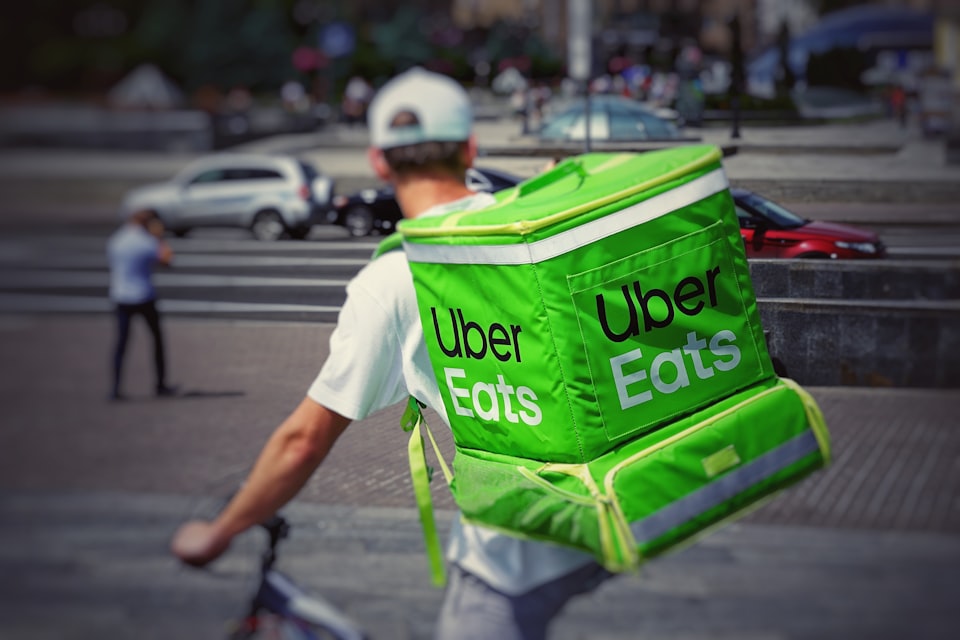The $432B scam

Food delivery has become a ubiquitous industry overnight thanks to the pandemic. Basically, every restaurant now offers food delivery through a variety of apps including Postmates, Uber Eats, Door Dash, and GrubHub.
But, while food delivery is quite convenient, it’s not exactly beneficial for anyone. For consumers, food delivery is especially expensive with the average American spending $1800 every year on food delivery. Investing this money instead could yield several hundred thousand dollars by retirement.
As for drivers, while it seems like drivers are able to earn quite a large top-line number, when you account for self-employment tax, the long hours, and the lack of benefits, food delivery doesn’t pay much better than minimum wage. This deal isn’t all that great for restaurants either as they usually have to fork over massive fees to food delivery apps to have their restaurants listed. At least, you would think that the food delivery apps themselves are doing well.
But, while they have a crap load of customers, they actually even turn a profit due to how cash intensive the process is. When you zoom out, it all makes sense. It simply takes an extraordinary amount of manpower to deliver from any restaurant to any residence within an hour. So, all the money that every party is paying is simply going towards fulfilling costly logistics.
This video explains the terrible economics of food delivery and why you should think twice before using one of these apps.